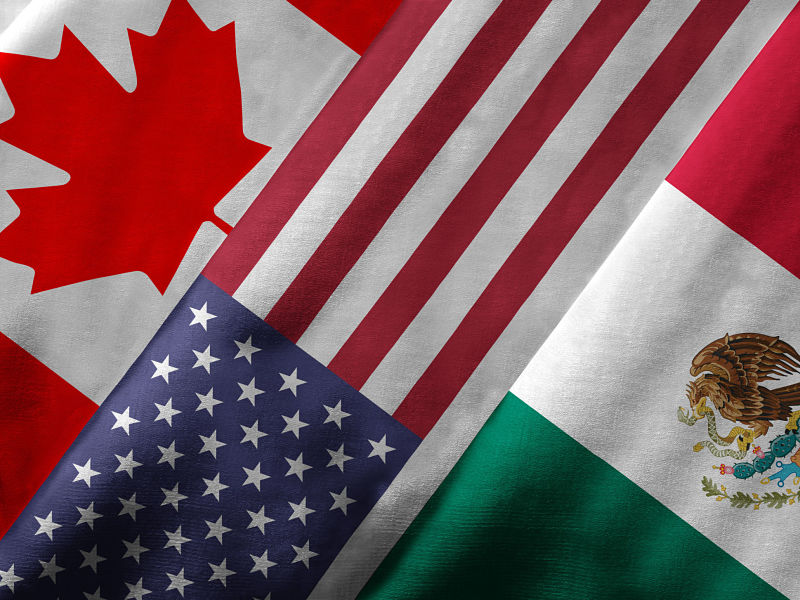
The negatives in the new North American trade agreement outweigh the positives for all three countries, a report from the C.D. Howe Institute says, but the hit to the U.S. economy will be the smallest.
The trade deal that emerged from NAFTA renegotiations will result in lower real GDP and welfare for Canada, the U.S. and Mexico, with Mexico faring worst, according to the report released Thursday.
Canada’s real GDP will shrink by 0.4% and its economic welfare will fall by more than $10 billion (all figures in U.S. dollars), the report said, compared to a 0.79% drop in Mexico’s GDP and a $14.9-billion plunge in economic welfare.
U.S. GDP will take a 0.10% hit, with a $17.4 billion drop in economic welfare.
The deal expands U.S. access to Canada’s dairy and chicken markets, raises the threshold for tax- and duty-free entry of low-value goods imported into Canada and Mexico, and eases some barriers for services trade, the report said.
However, it raises intellectual property protection—which benefits the U.S. at Canada’s expense—and introduces more stringent rules of origin for products to qualify for duty-free access.
“These new rules achieve the immediate objectives of the Trump administration to shift industrial activity – especially in the automotive sector – into the United States, but by increasing trade diversion, they impact negatively on economic welfare and efficiency,” the report said.
The new trade agreement is better than no deal at all, though only “marginally.” Without a deal, Canada’s real GDP would have shrunk by 0.49% and economic welfare would have dropped by $13.9 billion, according to the report.
From a negotiation standpoint, Canada and Mexico “did not roll over, but pushed as hard as the traffic could bear.”
The two countries will have to adapt to “heightened uncertainty” when it comes to U.S. market access whether the deal is ratified or not, the report said.
Read the full report here.